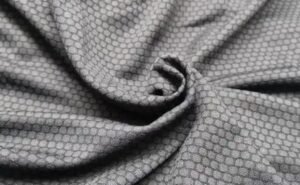What are woven fabrics?

Woven fabrics are textiles that are created by interlacing two sets of yarn or threads at right angles to each other using a loom. The threads, known as the warp and the weft, are interlocked to form a pattern. There are many different types of woven fabrics, including plain weave, twill weave, satin weave, and jacquard weave, each of which has unique properties and is used for different purposes. Woven fabrics are strong, durable, and versatile, and are used in a wide range of applications including clothing, home furnishings, and industrial products.
Types of woven fabrics
1. Plan weaves
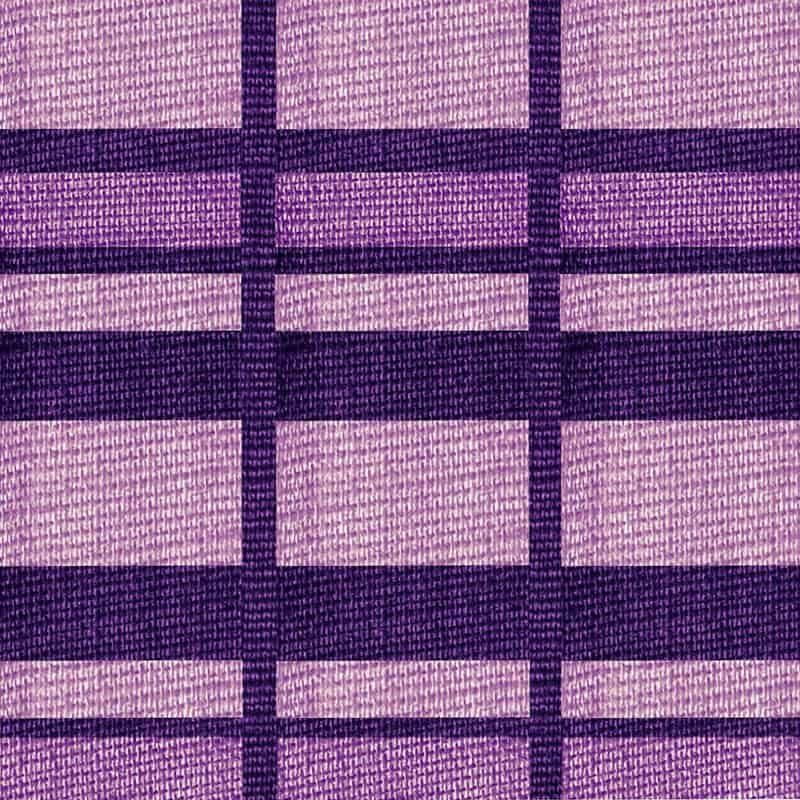
Plain weave fabrics are the most common and basic type of weave structure. They are characterized by a simple over-under pattern, in which each warp yarn passes alternately over and under the weft yarns. This creates a strong, durable fabric with a smooth, even surface and good drape.
Plain weave fabrics are made on a variety of looms, including hand looms, jack looms, and dobby looms. They can be made from a wide range of fibers, including cotton, linen, wool, silk, and synthetic fibers such as polyester and nylon.
Plain weave fabrics are versatile and can be used for a wide range of applications, including clothing, bedding, towels, and upholstery. They are often used in the construction of shirt fabrics, as they are strong, durable, and easy to press and finish. They are also used in the production of lightweight summer clothing, as they have a good drape and are comfortable to wear in warm weather.
Plain weave fabrics are easy to care for and maintain, as they do not tend to wrinkle or pill as easily as other types of fabrics. They are also resistant to snags and tears, making them a good choice for garments that will be worn frequently or subjected to rough treatment.
Overall, plain weave fabrics are a popular choice due to their versatility, strength, and ease of care. They are an essential part of the fabric industry and can be found in a wide range of products and applications.
2. Matt weaves
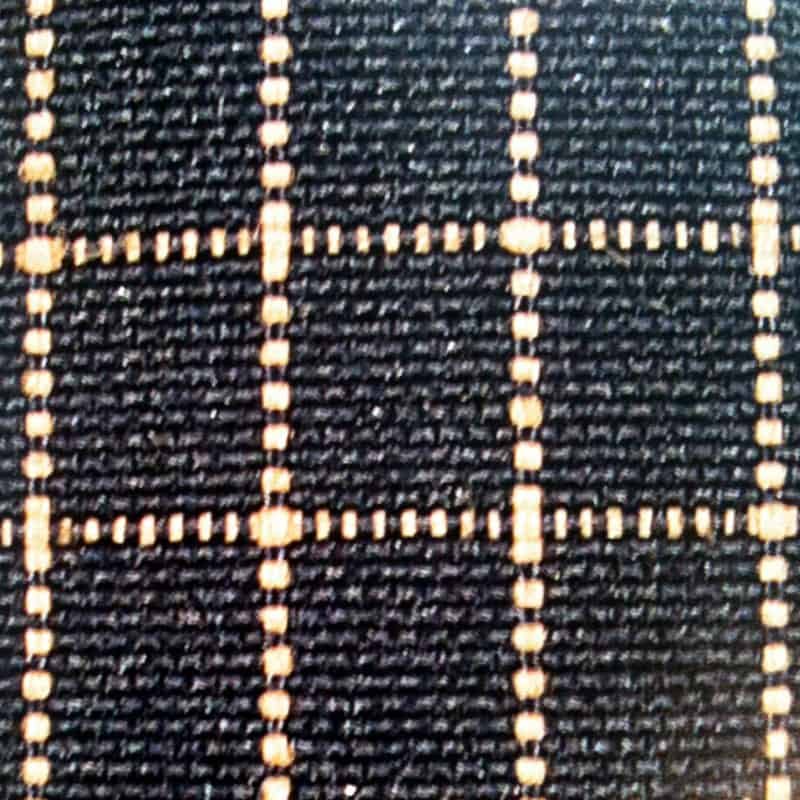
Matt weave fabric is a type of fabric with a matte or dull finish, as opposed to a glossy or shiny finish. It is often used for clothing, upholstery, and other textiles where a smooth, non-reflective surface is desired. The term “matt weave” refers to the way in which the fabric is constructed, with a specific pattern of interweaving the yarns to create a matte finish. Matt weave fabrics can be made from a variety of materials, including cotton, wool, silk, and synthetic fibers. They are known for their durability, resistance to wrinkling, and ability to drape well.
3. Twill fabric

Twill is a type of fabric weave that has a diagonal pattern on its surface. It is characterized by diagonal ribs or ridges that are created by the way the fabric is woven. Twill fabrics tend to be durable, soft, and drape well. They are often used in the construction of clothing, upholstery, and other household items. Some common examples of twill fabrics include denim, chino, and gabardine. They are often made from cotton, wool, or synthetic fibers. Twill fabrics are known for their distinctive texture and appearance, and are often used for their aesthetic as well as their functional qualities.
4. Herringbone fabric
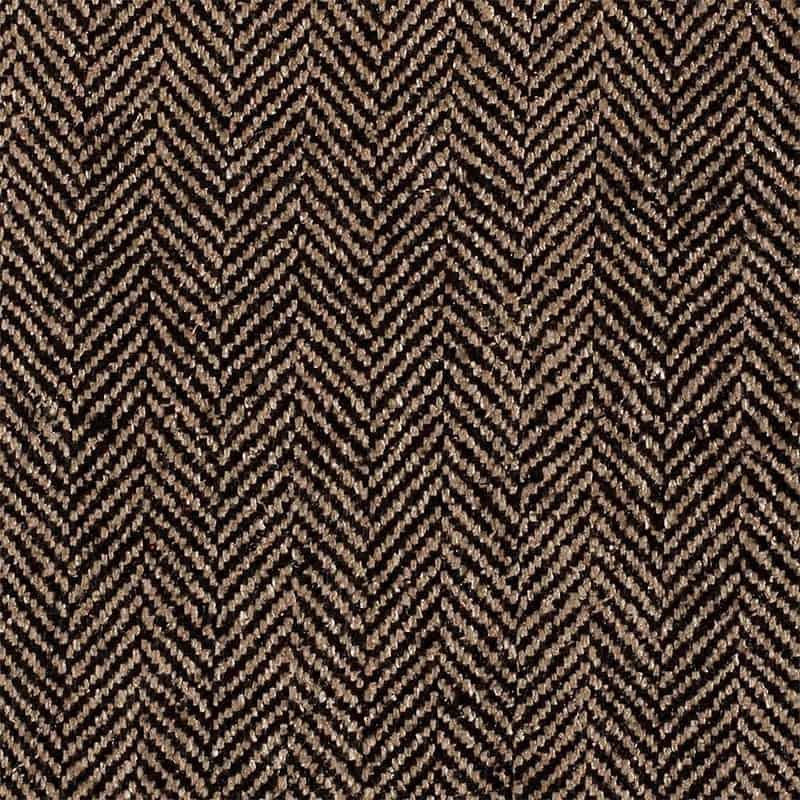
Herringbone is a type of textile pattern characterized by a repeating V-shaped pattern, similar in appearance to the bones of a fish. It is often found in fabrics such as wool, tweed, and flannel and is used to make a variety of clothing and home textiles, such as suits, jackets, blankets, and curtains.
The herringbone pattern is created by weaving yarns in a zigzag pattern, with each “V” pointing in opposite directions. This creates a strong, durable fabric that is also visually interesting. It is often associated with traditional and classic styles, but it can also be incorporated into more modern designs.
Herringbone fabric is often chosen for its durability and versatility, as it can be dressed up or down depending on the occasion. It is also a popular choice for outerwear, as it is resistant to water and wind, making it a practical choice for colder weather.
5. Dobby weaves
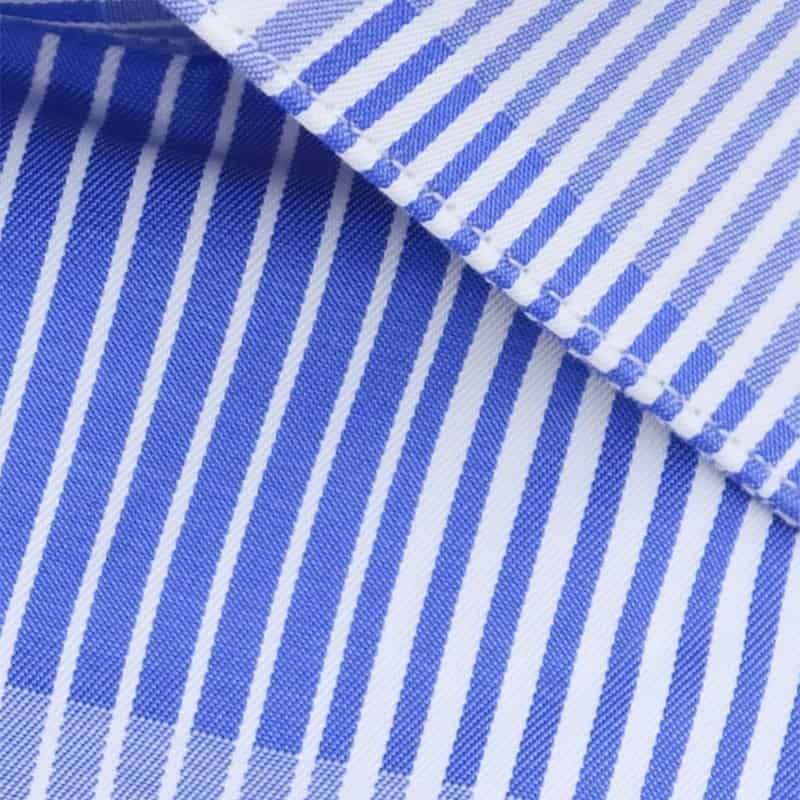
Dobby weave fabric is a type of textile that is made using a special type of weave in which small geometric patterns are created using extra yarns. These yarns are woven into the fabric in a specific pattern to create the desired design. Dobby weave fabric is usually made of cotton, but it can also be made of other materials such as silk, polyester, or rayon. The dobby weave is named after the Dobby loom, which was a type of power loom that was designed to create intricate, patterned fabrics. Dobby weave fabric is known for its durability, smooth finish, and elegant appearance, and it is often used in the production of a variety of items such as clothing, home furnishings, and accessories.
6. Satin fabric
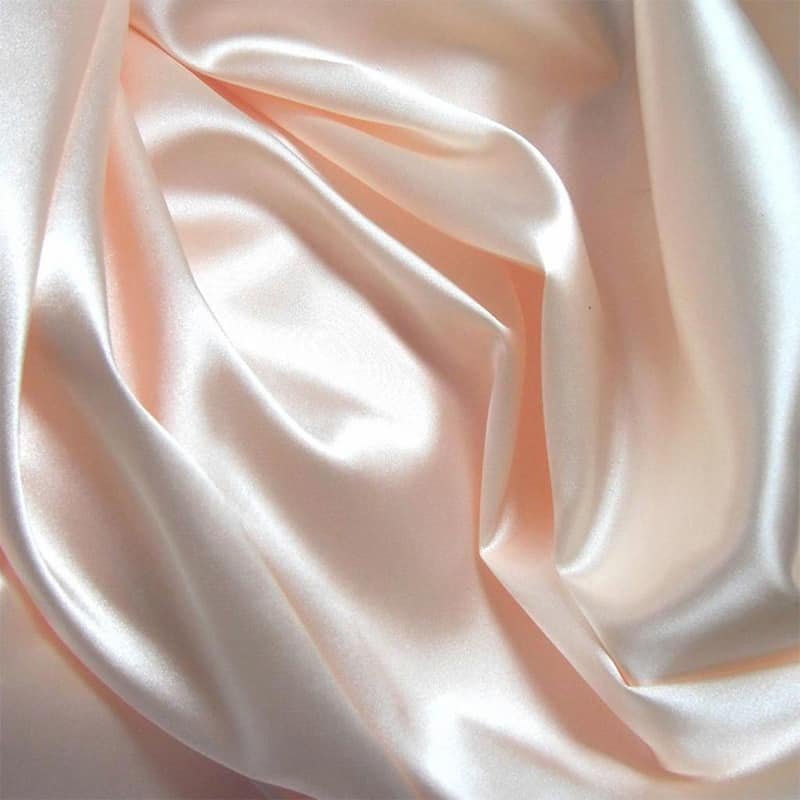
Satin is a type of fabric that is characterized by its glossy surface and a smooth, silky feel. It is made from a variety of fibers, including silk, polyester, and nylon, and is often used for garments, bedding, and home decor items.
Satin is made by a process called satin weave, in which the threads are interwoven in such a way that one side of the fabric has a glossy finish and the other side has a matte finish. The glossy side is known as the “face,” and the matte side is known as the “back.” Satin can be either warp-faced, meaning that the warp threads (the threads that run lengthwise) are more prominent on the face, or weft-faced, meaning that the weft threads (the threads that run crosswise) are more prominent on the face.
Satin has a luxurious, elegant appearance and is often used for formal wear and special occasion clothing. It is also used for bedding and home decor items because of its smooth, silky feel. However, because satin is a delicate fabric, it can be prone to snagging and wrinkling, and may require special care when washing and ironing.
7. Pile fabric (Velvet fabric)
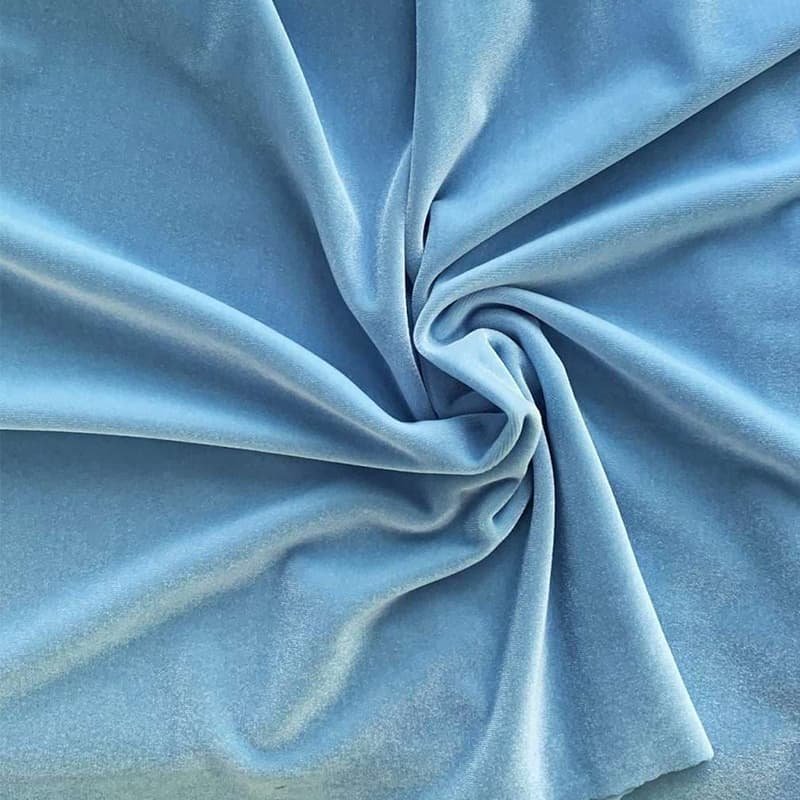
Pile fabric, also known as velvet fabric, is a type of fabric that has a soft, plush surface created by a raised nap or pile. The nap is created by short, dense fibers that are either left uncut or cut to a specific length and brushed or combed in one direction. Pile fabrics are often made from synthetic fibers, such as polyester or nylon, or from natural fibers such as silk or cotton.
Pile fabrics are known for their soft, luxurious feel and their ability to hold dye well, which allows them to be produced in a wide range of colors and patterns. They are often used for clothing, upholstery, and decorative items such as curtains and cushions.
Pile fabrics can be divided into two main categories: cut pile and loop pile. Cut pile fabrics have fibers that have been cut to a uniform length, creating a smooth, even surface. Loop pile fabrics have fibers that are left uncut and form small loops on the surface of the fabric. Loop pile fabrics have a more textured, irregular surface and may be more durable than cut pile fabrics.
8. Jacquard fabric

Jacquard fabrics are fabrics that are made using a Jacquard loom, a type of mechanical loom that was invented by Joseph Marie Jacquard in the early 19th century. This loom is equipped with a series of punched cards or other perforated media that control the pattern being woven into the fabric. The loom can produce intricate patterns and designs, including complex multicolored patterns, by reading the punched cards and controlling the movement of the warp and weft threads.
Jacquard fabrics are typically made from natural fibers such as wool, silk, or cotton, and they can be used to make a wide variety of garments and household textiles, including dresses, suits, bedding, and upholstery. The process of creating Jacquard fabrics is highly automated, and the resulting fabrics are often more expensive than those made using other weaving methods. However, the intricate patterns and high quality of Jacquard fabrics make them a popular choice for many people.



